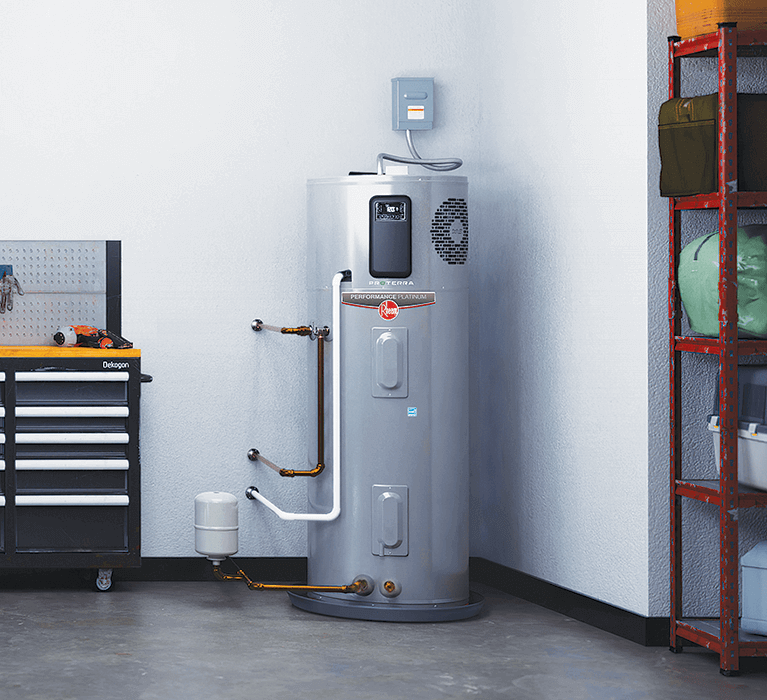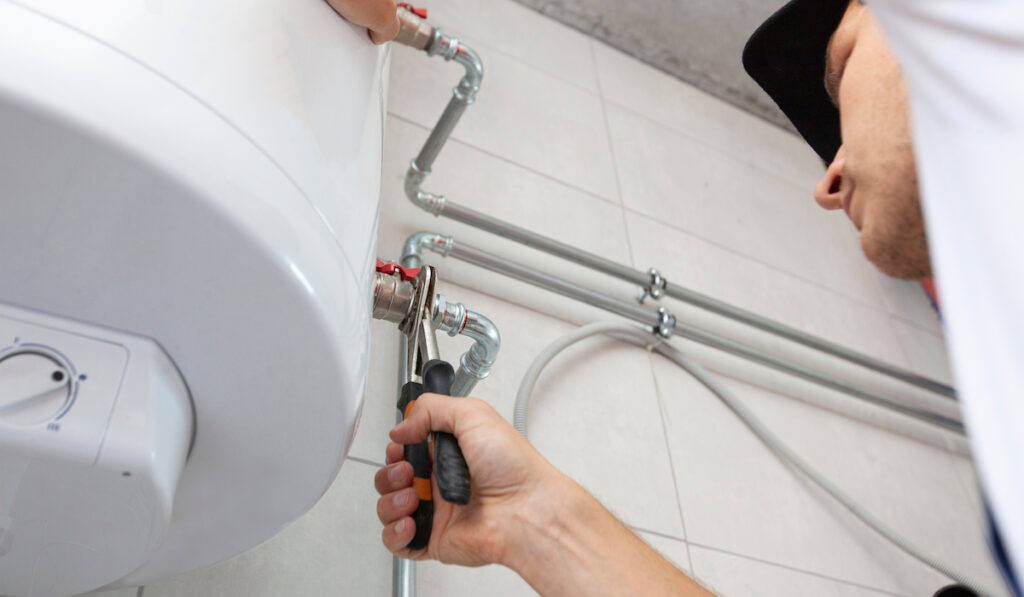Tips on How to Keep Your Home's Hot Water System Functioning WellCaring for Your Home's Hot Water System: Essential GuidelinesExpert Guidance on Maintaining Your Home's Hot Water System
DetailThe content below relating to Water Heater Maintenance Tips You Can't Afford to Forget is totally enjoyable. Check it out yourself and see what you think about it.

Warm water is important for day-to-day convenience, whether it's for a refreshing shower or cleaning dishes. To guarantee your hot water system runs successfully and lasts longer, routine upkeep is essential. This write-up offers sensible suggestions and understandings on how to maintain your home's warm water system to avoid interruptions and pricey repair work.
Intro
Maintaining your home's hot water system may appear challenging, yet with a few easy actions, you can ensure it runs smoothly for many years ahead. This guide covers whatever from recognizing your hot water system to DIY maintenance ideas and recognizing when to hire expert aid.
Importance of Preserving Your Warm Water System
Normal upkeep not only extends the life expectancy of your warm water system yet also guarantees it operates efficiently. Overlooking upkeep can bring about decreased effectiveness, higher energy expenses, and even early failing of the system.
Indicators Your Warm Water System Needs Upkeep
Recognizing when your warm water system requires attention can prevent major problems. Watch out for signs such as inconsistent water temperature, strange noises from the heating unit, or rustic water.
Comprehending Your Hot Water System
Prior to diving right into upkeep jobs, it's helpful to understand the basic components of your warm water system. Normally, this consists of the hot water heater itself, pipelines, anode rods, and temperature controls.
Regular Monthly Maintenance Tasks
Normal month-to-month checks can aid capture minor problems before they escalate.
Flushing the Hot Water Heater
Flushing your hot water heater removes sediment build-up, enhancing performance and lengthening its life.
Checking and Changing Anode Rods
Anode poles protect against deterioration inside the container. Examining and replacing them when worn out is important.
Checking and Changing Temperature Setups
Readjusting the temperature level settings ensures optimal efficiency and security.
DIY Tips for Upkeep
You can execute a number of maintenance tasks on your own to maintain your hot water system in leading condition.
Checking for Leakages
Consistently evaluate pipelines and connections for leaks, as these can result in water damages and higher expenses.
Evaluating Pressure Relief Valves
Testing the stress relief valve guarantees it works correctly and prevents extreme stress accumulation.
Insulating Pipes
Shielding hot water pipelines minimizes warmth loss and can save power.
When to Call an Expert
While DIY upkeep is useful, some issues need expert knowledge.
Complex Problems Requiring Expert Help
Instances consist of major leakages, electric issues, or if your hot water heater is regularly underperforming.
Regular Professional Maintenance Advantages
Specialist maintenance can consist of comprehensive examinations, tune-ups, and guaranteeing conformity with safety and security standards.
Verdict
Regular maintenance of your home's warm water system is essential for effectiveness, long life, and price savings. By complying with these pointers and knowing when to seek specialist aid, you can guarantee a reliable supply of hot water without unforeseen disturbances.
How to Maintain an Instant Hot Water Heater
Before tinkering with your hot water heater, make sure that it’s not powered on. You also have to turn off the main circuit breaker and shut off the main gas line to prevent accidents. Also turn off the water valves connected to your unit to prevent water from flowing into and out of the appliance. 2. When you’re done, you have to detach the purge valves’ caps. These look like the letter “T” and are situated on either side of the water valves. Doing so will release any pressure that has accumulated inside the valves while at the same time avoid hot water from shooting out and burning your skin. 3. When the purge valves’ caps are removed, you have to connect your hosing lines to the valves. Your unit should have come with three hoses but if it didn’t, you can purchase these things from any hardware or home repair shops. You can also get them from retail stores that sell water heating systems. Read the user’s manual and follow it to complete this task properly. When the hosing lines are connected, open the purge port’s valves. 4. You should never use harsh chemical cleaners or solutions when cleaning your unit. Make use of white vinegar instead. It should be undiluted and you’ll probably use about 2 gallons. 5. Now flush your water heater. This task should probably take about 40 minutes. We can’t give you specific directions for this because the procedure is carried out depending on the type, model and brand of your heater. With that being said, refer to the user’s manual. 6. When you’re done draining the unit, you have to turn off the purge port valves again. Remove the hosing lines that you earlier installed on each of the water valves. Put the valve caps (purge port) back in their respective places and be very careful so as not to damage the rubber discs that are found inside these caps. 7. Now that everything’s back in place, check your user’s manual again to find out how to reactivate your water heating system. 8. Once it is working, turn one of your hot water faucets on just to let air pass through the heater’s water supply pipes. Leave the tap on until water flows smoothly out of it. https://www.orrplumbing.com/blog/2014/september/how-to-maintain-an-instant-hot-water-heater/

We were made aware of that report about How to Maintain Your Water Heater & Prolong its Life through an associate on our other web address. Loved our blog? Please share it. Let another person locate it. I treasure your readership.
Book Service